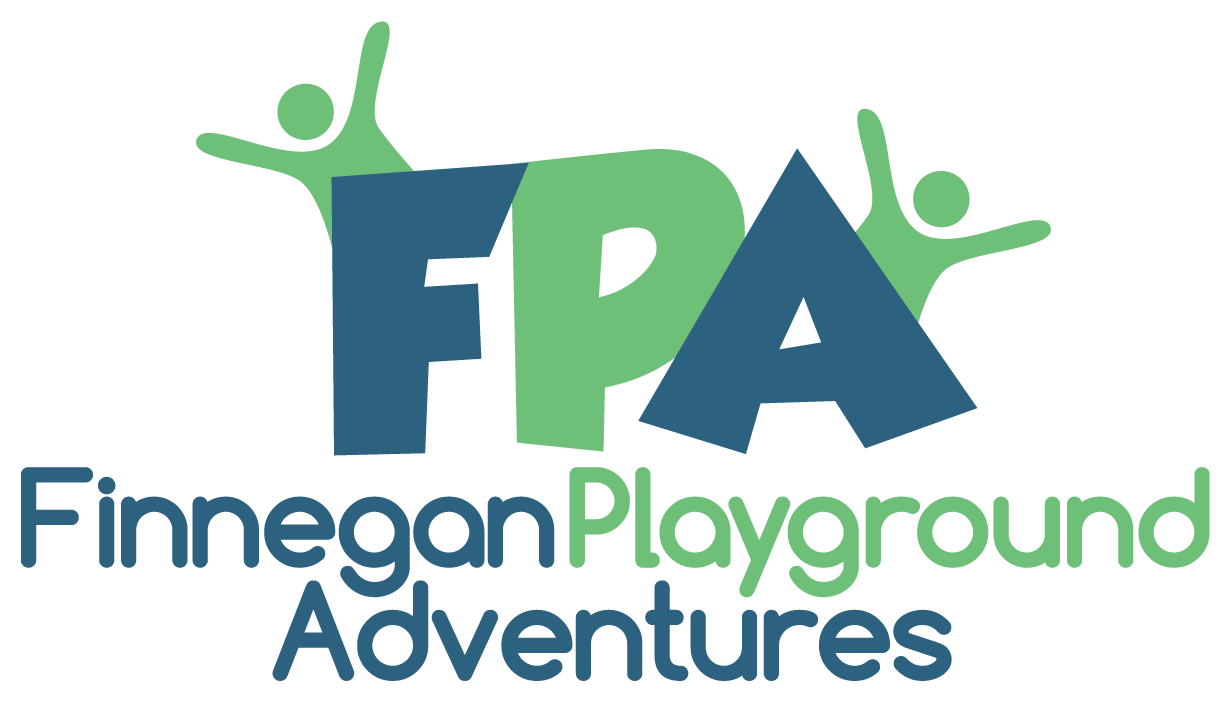FAQ
-
Every playground, even playgrounds built on private land have laws, rules and guideline codes, that apply to them. Aside from additional local codes, the recognized guidelines for the playground are ASTM (American Society of Testing Materials) and CPSC (Consumer Product Safety Commission). While these guidelines are “voluntary” they are also referred to as the “standard of care” in most lawsuits. For this reason, we recommend following both CPSC and ASTM. The ADA (American Disability Act) is a law that relates to both physical access into your playground, onto your playground structure. It also includes a formula that dictates the required ratio of playground level components to elevated ones. This might seem like a lot, and it is actually. For this reason, we certify in writing that every design we produce is compliant with local codes
-
When the CPSC (Consumer Product Safety Commission) decided to collect injury data, it was found that over 70% of all serious playground injuries were caused by a fall to the surface. A well-maintained playground surface is something that you should include in your playground plan. There are options that we can help you think through.
-
All of our designs are guaranteed to be compliant with ADA law. Our proposed ADA plan is a compliant design that is designed for a maximum user experience in mind. Additional thought and consideration go into what a mobility challenged child will actually do on a playground as opposed to simply meeting the minimal ground level requirements. Ask your FPA consultant to do a demonstration about the differences in your design planning session.
-
In playground design, functional accessibly and legal accessibly are two different topics entirely. The components of a “legal” accessible playground start at the parking lot and it continue to the access onto the playground equipment itself. Let’s start on the edge of the playground as that is probably one of your reason for asking this very good question.
Beginning with the transition into the playground there’s three points of access that need to be addressed. The first is the transition into the playground surface area. If the surface is unitary (poured rubber, artificial grass (or tile) the transition area is ideally constructed flush with the outside accessible pathway. If the transition is leading to a loose fill (rubber or wood chips), the accessible requirement is a fixed ramp sloping downward into the loose surface at no more than 2% grade.
The second component is the pathway from the limit of the surfacing to the equipment transition point. If the pathway is unitary, a legally accessible pathway inside the playground should be minimum of 60” in width, this is in order to meet the requirement of providing a turn around for the wheelchair. If is a universally accessible surface like wood or rubber
The third and last transition is with a transfer or a ramp onto the equipment itself. A transfer point or ramp is determined by a formula issued by the access board. If the playground has 19 elevated events or less, a transfer point is required. More than 19 elevated events requires that a ramp be provided. This ramp has the same requirements (slope, guardrails etc.) as a ramp used to access a building or pathway.
-
Most people who have done some research on this would answer “a lot” or “more than I thought” because there are quite a few price drivers in playground construction. The drivers are; site work and borders, play equipment, play surface, and installation. Our objective has always been to minimize these costs with good solid planning and put as much of the available money towards the equipment. Reducing costs will depend on what resources you have available to you. An assessment of your resources Including time is one of the first steps in our planning process. It sets the stage for everything.
-
Before we dive into this, let’s define “risk” a little better. Risks on a playground are how children learn and develop. An appropriate risk could be trying that next rung on a horizontal ladder or a different way to use a climber. So, risk on a playground should be encouraged but the opportunity for risk should be appropriate for the intended user. Our expertise is to help you provide the right opportunity for your age group.
-
The two age groups are 2-5 year olds and 5-12 year olds. But we actually would add a third designation of “infant toddler” to this. The differences in design are based on where the end user is developed mentally and what you would deem “appropriate risks” at that stage.
